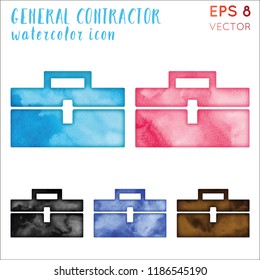Seasonal Factors In Industrial Exterior Paint: Key Insights You Must Understand
Seasonal Factors In Industrial Exterior Paint: Key Insights You Must Understand
Blog Article
Writer-Aguilar Bagger
When you're preparing a commercial exterior paint job, seasonal aspects can make or damage your results. You'll wish to take into consideration how temperature and moisture impact paint application and drying out times. Selecting the ideal period can ensure your paint adheres correctly and lasts longer. However which seasons are truly the best for this kind of work? Let's explore the key elements that can affect your job's success.
The Impact of Temperature Level on Paint Application
When you're planning a business external paint job, the temperature can substantially impact just how well the paint adheres and dries.
Ideally, you intend to repaint when temperatures range in between 50 ° F and 85 ° F. If it's also chilly, the paint might not treat properly, leading to problems like peeling or fracturing.
On the flip side, if it's too hot, the paint can dry also quickly, avoiding proper attachment and resulting in an uneven surface.
You must likewise take into consideration the time of day; early morning or late afternoon uses cooler temperatures, which can be much more positive.
Constantly inspect the manufacturer's recommendations for the particular paint you're making use of, as they usually supply support on the perfect temperature level array for optimal results.
Moisture and Its Effect on Drying Times
Temperature level isn't the only ecological factor that affects your commercial outside paint project; moisture plays a substantial function too. High moisture degrees can reduce drying out times significantly, affecting the total quality of your paint task.
When the air is filled with wetness, the paint takes longer to treat, which can cause issues like poor bond and a higher danger of mildew development. If you're repainting on a specifically humid day, be prepared for extensive wait times in between coats.
lip painting minnesot to check regional weather conditions and strategy appropriately. Preferably, go for moisture levels in between 40% and 70% for ideal drying.
Maintaining these consider mind guarantees your task stays on track and delivers a long lasting surface.
Best Seasons for Commercial Exterior Painting Projects
What's the very best time of year for your commercial exterior paint jobs?
https://www.southernliving.com/home/colors/paint-colors-that-increase-home-value and very early fall are generally your best choices. Throughout these periods, temperature levels are mild, and humidity levels are commonly lower, creating ideal problems for paint application and drying.
Avoid summertime's intense heat, which can create paint to completely dry too quickly, leading to poor attachment and coating. In a similar way, winter season's cold temperatures can hinder correct drying out and curing, risking the longevity of your paint job.
Go for days with temperatures between 50 ° F and 85 ° F for optimal outcomes. Bear in mind to inspect the regional weather forecast for rainfall, as damp conditions can ruin your task.
Preparation around these elements ensures your painting task runs efficiently and lasts longer.
Conclusion
To conclude, intending your industrial outside painting tasks around seasonal considerations can make a considerable distinction in the outcome. By organizing job during the excellent temperature levels and humidity degrees, you'll ensure better adhesion and drying times. Keep in mind to watch on regional weather forecasts and select the correct time of year-- spring and early autumn are your best options. Taking these actions will assist you attain a durable and expert coating that lasts.
